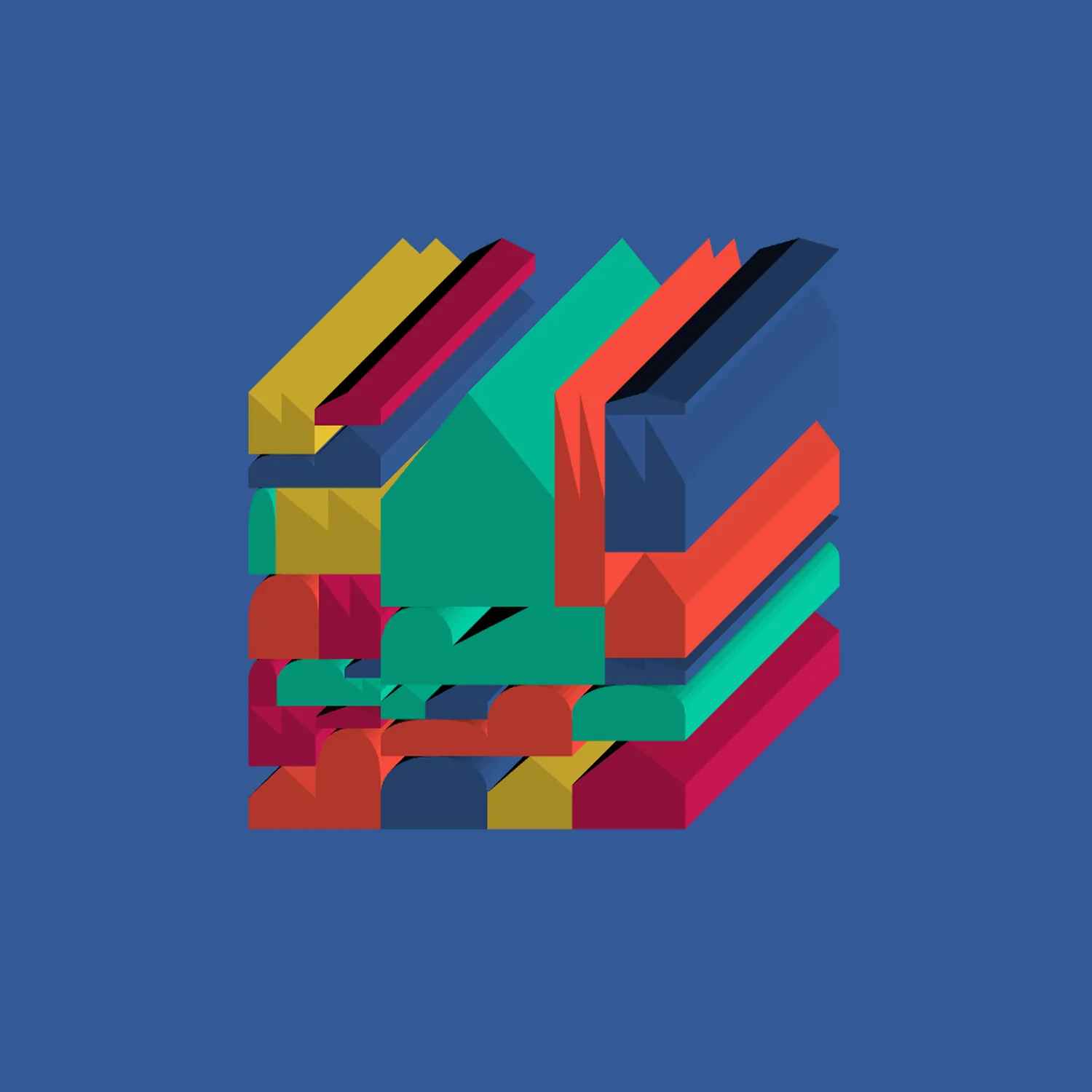Office CA
office ca is a design research collaborative led by Galo Canizares and Stephanie Sang Delgado that investigates alternate methods for art and architectural practice.
Dream Project: Lightweight Deconstruction (2024)
Open Lightweight Deconstruction
Collect Lightweight Deconstruction
Interview
A chat with Office CA
Previous Works
terrains
Someblob.art
Islands.ink
Malevi.ch 1.1
someshap
lissitzky.xyz
NFT's
fx(hash)
Socials
twitter
BIO
Through art installations, designed objects/spaces, and interactive media, our projects play with and address the complex forces that shape contemporary culture. Some recurring themes of the practice include absurdity, genre fiction, conspiracy theories, world-making, storytelling, simulation, and the parafictional.
Stephanie Sang Delgado (she/her) is an architect and Assistant Professor at Kean University in the School of Public Architecture at the Michael Graves College. She is the co-director of office ca, an experimental collaborative practice. Her research focuses on how architectural scale interfaces create new fictions and realities through subtle and overt manipulations of building components. She also researches food, its colonial legacy, and the cultural value of food images. Stephanie holds an M.Arch from The Ohio State University, and a B.A. in Architectural Studies from Ithaca College, where she was an MLK Jr. Scholar.
Galo Canizares (he/him) is currently Assistant Professor of Architecture at the University of Kentucky’s College of Design. He researches the socio-technical networks of relations between design’s softwarization and the architectural imagination. He is the author of Digital Fabrications: Designer Stories for a Software-Based Planet, a collection of essays on software and design. He co-directs office ca, a research and design collaborative that investigates alternate methods for architectural practice. He holds a Master of Architecture from the Massachusetts Institute of Technology and a Bachelor of Environmental Design from the College of Architecture and Planning at the University of Colorado, Boulder.
What is Responsive Art to Office CA?
For us, responsive generative art takes full advantage of computation and makes engaging with art into a dynamic experience. We regard the world around us as a kind of interface, and many of our projects from architectural installations to software artworks prioritize interactivity.
We firmly believe that we can leverage computation to produce fun and dynamic experiences that welcome engagement.








